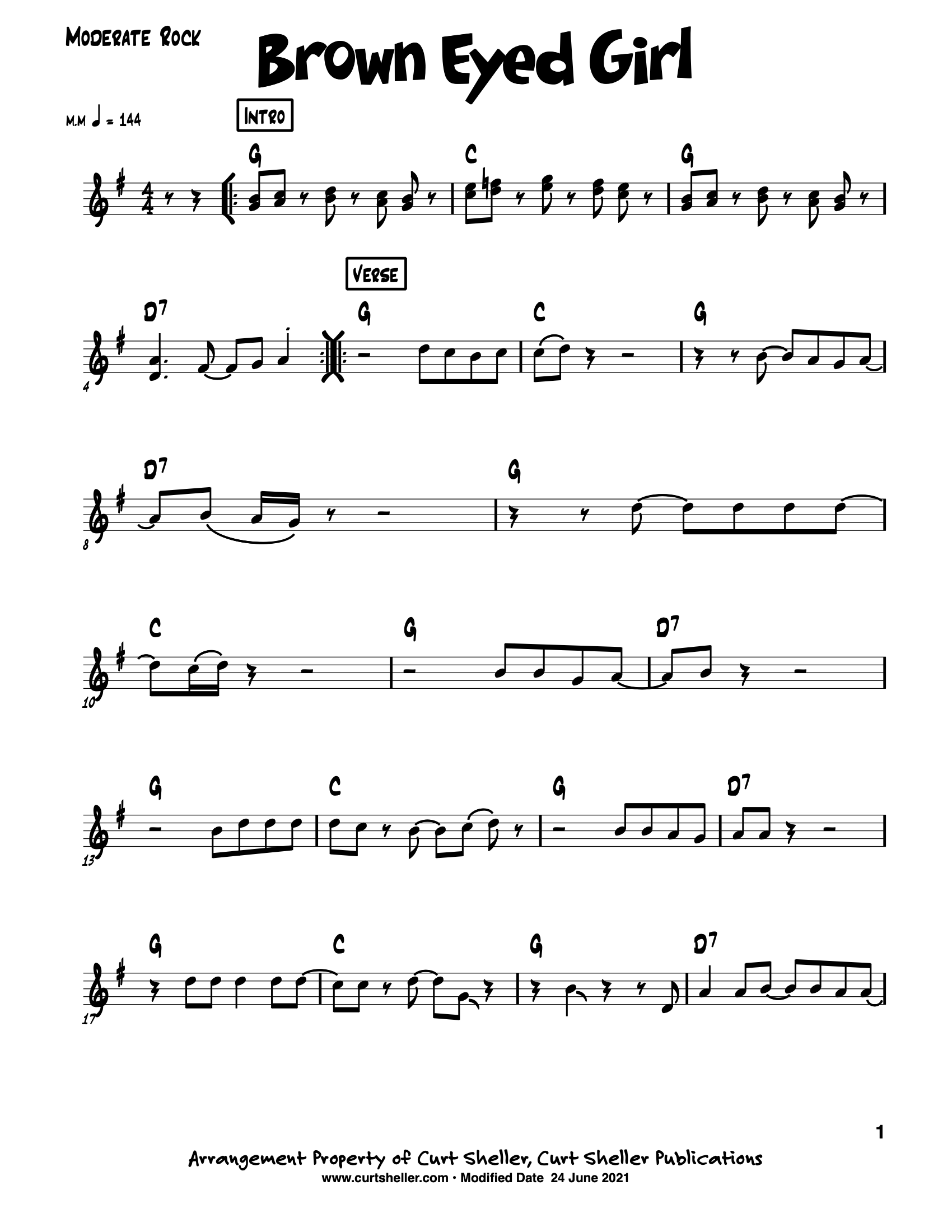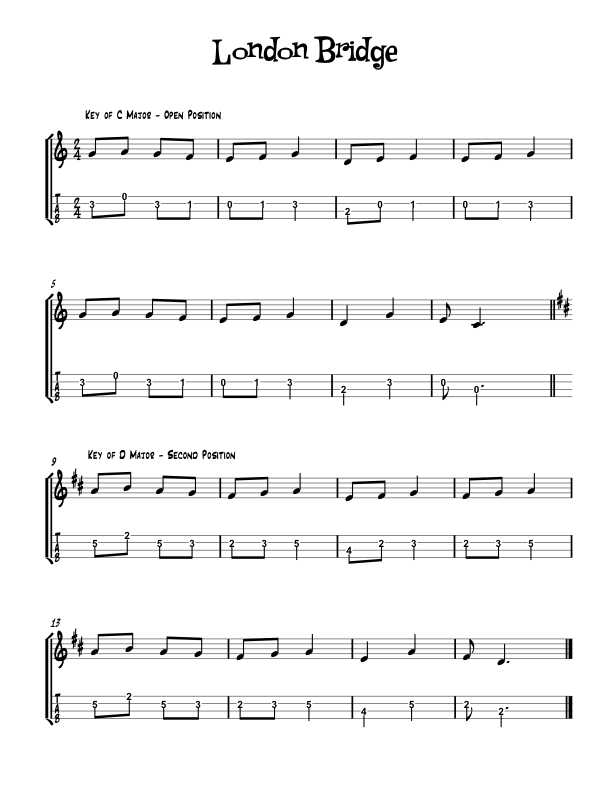One of the first skills a ukulele player learns is the art and craft of strumming – playing rhythm. This refers to an accompaniment technique suitable for the singer, singer/songwriter or someone who plays a support role for another instrument.








One of the first skills a ukulele player learns is the art and craft of strumming – playing rhythm. This refers to an accompaniment technique suitable for the singer, singer/songwriter or someone who plays a support role for another instrument.
A Strum is the Execution of a specific Rhythmic pattern, at Tempo in a particular Style.
Strumming requires a specific set of skills. They are:
- Memorization of chords
- The ability to switch chords smoothly and
- The ability to choose and execute a suitable rhythmic pattern
Execution
For instruments such as Ukulele, Guitar, Piano, Mandolin, and Banjo capable of play harmonically, i.e., Chords. Getting the strings going can be accomplished by striking all the strings at once with a pick or plectrum or fingerstyle plucking all the strings at once.
Rhythmic
Rhythm — I have used and still use use the Modular Phonetic Rhythm, The Foundation and Workbook 1 by Chuck Anderson. With great success, pretty much guaranteed success.
One of the first skills a ukulele player learns is the art and craft of strumming – playing rhythm. This refers to an accompaniment technique suitable for the singer, singer/songwriter or someone who plays a support role for another instrument.
A Strum is the Execution of a specific Rhythmic pattern, at Tempo in a particular Style.
Strumming requires a specific set of skills. They are:
- Memorization of chords
- The ability to switch chords smoothly and
- The ability to choose and execute a suitable rhythmic pattern
Execution
For instruments such as Ukulele, Guitar, Piano, Mandolin, and Banjo capable of play harmonically, i.e., Chords. Getting the strings going can be accomplished by striking all the strings at once with a pick or plectrum or fingerstyle plucking all the strings at once.
Rhythmic
Rhythm — I have used and still use use the Modular Phonetic Rhythm, The Foundation and Workbook 1 by Chuck Anderson. With great success, pretty much guaranteed success.
`Ukulele Strums - Getting Started
Tempo
Tempo — And, most importantly do ALL of this in tempo.
Style
Style — Style is the Rhythmic patterns that are particular to that style as well as the technique to execute those patterns.
Harmonically, Chords
Though strumming looks natural to the casual observer, it is anything but natural to the beginning ukulele player. Even experienced players have difficulty in identifying and executing certain strums or rhythmic patters. Though this is one of those topics that is typically taken for granted, there is much to learn about rhythmic feels, accents, dynamics, strum direction, feel, percussive accents, idiomatic styles and tempo variation.
First and foremost, the subject of strumming is inseparably linked to rhythm. Read that last line again. First and foremost, the subject of strumming is inseparably linked to rhythm. Though an ability to read rhythm is helpful, it’s not necessary to profit from these lessons.
A Note Regarding Learning Strums and Rhythm
Many people fall into the trap of mixing up play by ear with learning by ear. Learning by ear is a hit and miss, hunt and peck proposition with more misses than hits.
The goal is to play and perform with the inner ear in control - that is “Playing by Ear”. Learning is better suited with a system and plan of attack.
I've seen it way too many times with my own private students. They insist on trying to learn a specific strumming pattern by their intrinsic stroke directional pattern — the down and up pattern. For only the basic, simplest of strums this might work at times. But, it falls apart for really learning rhythm, which is directly linked to strumming. It is helpful when training the strumming hand to place to emphasis on the downbeats or pulse of music with a down stoke.
Cutting to the Chase — You CAN learn any rhythmic pattern by it's standard music notation and the counting pattern used to recreate the sound of the pattern. What this does is allows you a method to accurately reproduce any pattern on demand — no need to resort to hearing it first. You hear it first with you inner ear and you hands are trained enough to reproduce it on demand. Eyes -> Ear -> Hands.
Personal Quarter Note Triplet
Anecdote
For years, early in my development I had several teachers that tried to teach me the quarter note triple rhythmic pattern by rote. I'd get it in the lesson and 20 minutes after the lesson - at home I wouldn't be able to duplicate what I had learned in the lesson. No fault of the teacher, they just didn't have a system for effectively teaching rhythm and give their students the ability to accurately reproduce any rhythmic pattern on their own without needing a teacher or coach or to even have to hear it first.
Then finally studying with Chuck Anderson, the creator of the Modular Phonetic Rhythm System I now use. In 30 seconds I could play the quarter note triplet and more importantly reproduce it myself — on-demand when needed. Plus even teach it to others. It's all based on learning any rhythmic pattern by knowing how it relates to the beat and the subdivision of the beat. It's actually that simple. The hard part is getting the hands and fingers to get with the show.
I guarantee, that by using this system – you, Will have success.
Related Lessons, Videos, Lesson Series, Songs, Books & Reference Charts, Resources & Assets, Workshops are below.

Strums are Inseparably Linked to Rhythm. Any strum can be broken down to its Modular Phonetic rhythmic syllables. Modular Phonetic Rhythm, by Chuck Anderson is a system for learning rhythm. It teaches rhythm phonetically - just as language does. Remember 'Strums ARE rhythm'

These ukulele lessons are essential for both beginners who are just starting out and seasoned players who have already gained some experience. Even if you consider yourself a seasoned player, exploring this series of lessons can still be highly beneficial. You are likely to discover new insights and perhaps even be reminded of valuable information that can greatly assist you when teaching beginners or further enhancing your own skills.

Brown Eyed Girl is a song by Northern Irish singer-songwriter Van Morrison. Written and recorded in 1967 by Van Morrison and produced by Bang Records chief Bert Berns, it was first released in May 1967 on the album Blowin' Your Mind!. When released as a single, it rose to number eight on the Cashbox charts, and reached number ten on the Billboard Hot 100.

Hey, Good Lookin' is a song created and recorded by Hank Williams as a variation of a song of the same name, similar lyrics, and similar melody written by Cole Porter in 1942. Williams version was inducted into the Grammy Hall of Fame in 2001. Since its original 1951 recording it has been covered by a variety of artists.

Presented here in two keys. The key of C Major in the open position and the key of D Major in position II. This is a simple melody that can be used as a reference fingering and position with the Playing by Ear series of lessons. London Bridge Is Falling Down (also known as My Fair Lady or simply London Bridge) is a traditional nursery rhyme and singing game, which is found in different versions all over the world. It deals with the depredations of London Bridge and attempts, realistic or fanciful, to repair it.

Oh! Susanna is a minstrel song by Stephen Foster (1826-1864). It was published by W. C. Peters & Co. in Cincinnati, Ohio in 1848. The song was introduced by a local quintette at a concert in Andrews' Eagle Ice Cream Saloon in Pittsburgh, Pennsylvania on September 11, 1847. Foster was said to have written the song for his men's social club.

Old MacDonald Had a Farm is a children's song and nursery rhyme about a farmer named MacDonald (or McDonald, Macdonald) and the various animals he keeps on his farm. Each verse of the song changes the name of the animal and its respective noise. In many versions, the song is cumulative, with the noises from all the earlier verses added to each subsequent verse. It has a Roud Folk Song Index number of 745.

Red River Valley is a folk song and cowboy music standard of controversial origins that has gone by different names—e.g., "Cowboy Love Song", "Bright Sherman Valley", "Bright Laurel Valley", "In the Bright Mohawk Valley", and "Bright Little Valley" — depending on where it has been sung.

This Old Man is an English language children's song, counting and nursery rhyme Presented here in two keys. The key of C Major in the open position and the key of D Major in position II. This is a simple melody that can be used as a reference fingering and position with the Playing by Ear series of lessons.

Three Blind Mice is an English nursery rhyme and musical round. Presented here in two keys. The key of C Major in the open position and the key of D Major in position II. This is a simple melody that can be used as a reference fingering and position with the Playing by Ear series of lessons.

You Send Me is a song by American singer-songwriter Sam Cooke, released on September 7, 1957 by Keen Records. Produced by Bumps Blackwell and arranged and conducted by René Hall, the song was the A-side to "Summertime". The song, Cooke's debut single, was a massive commercial success, becoming a number one hit on both Billboar's Rhythm & Blues Records chart and the Billboard Hot 100.

Learn a variety of strums and rhythmic patterns in wide range of musical styles. One of the first skills a ukulele player learns is the art and craft of strumming, playing rhythm. This refers to an accompaniment technique suitable for the singer, singer - songwriter or someone who plays a support role for another instrument.

Modular Phonetic Rhythm represents a significant advance in the teaching and application of rhythm. Eliminating many inefficient aspects of rhythm education, Modular Phonetic Rhythm streamlines the traditional educational approach, resulting in a reflexive reaction to rhythm.

Finally, learn the names of the notes of the ukulele fingerboard in C tuning .

Learn the six fingering principles to navigating the ukulele fingerboard. Fingering is one of the most universal topics. Book: Six Secrets of the Ukulele Fingering

Harmonic Analysis is the understanding of the functional sequence of chords. It is the process used to analyze the harmonic structure of a progression, song or composition. Book: Harmonic Analysis for Scale Selection and Chord Substitution

Learn to read single note melodies in the first/open position is a lot easier than you might think. Book: Ukulele – Reading Music Series – Primer

An organized collection of daily practice and reference material for the contemporary ukulele player for developing the vocabulary and knowledge necessary for single note playing. Book: Daily Practice Material for the Contemporary Ukulele
Checkout the Books & Reference Charts for additional Handy, Dandy Reference Charts.

Ukulele Fingerboard Chart for C Tuning, Low or High G – G C E A

Ukulele Fingerboard Chart for G Tuning, Low or High A – D G B E

A handy reference chart of all 15 major and relative minor key signatures. US Letter 8.5 x 11 sized (ANSI-A), A4
Checkout the Books & Reference Charts for additional Handy, Dandy Reference Charts.










.jpg)